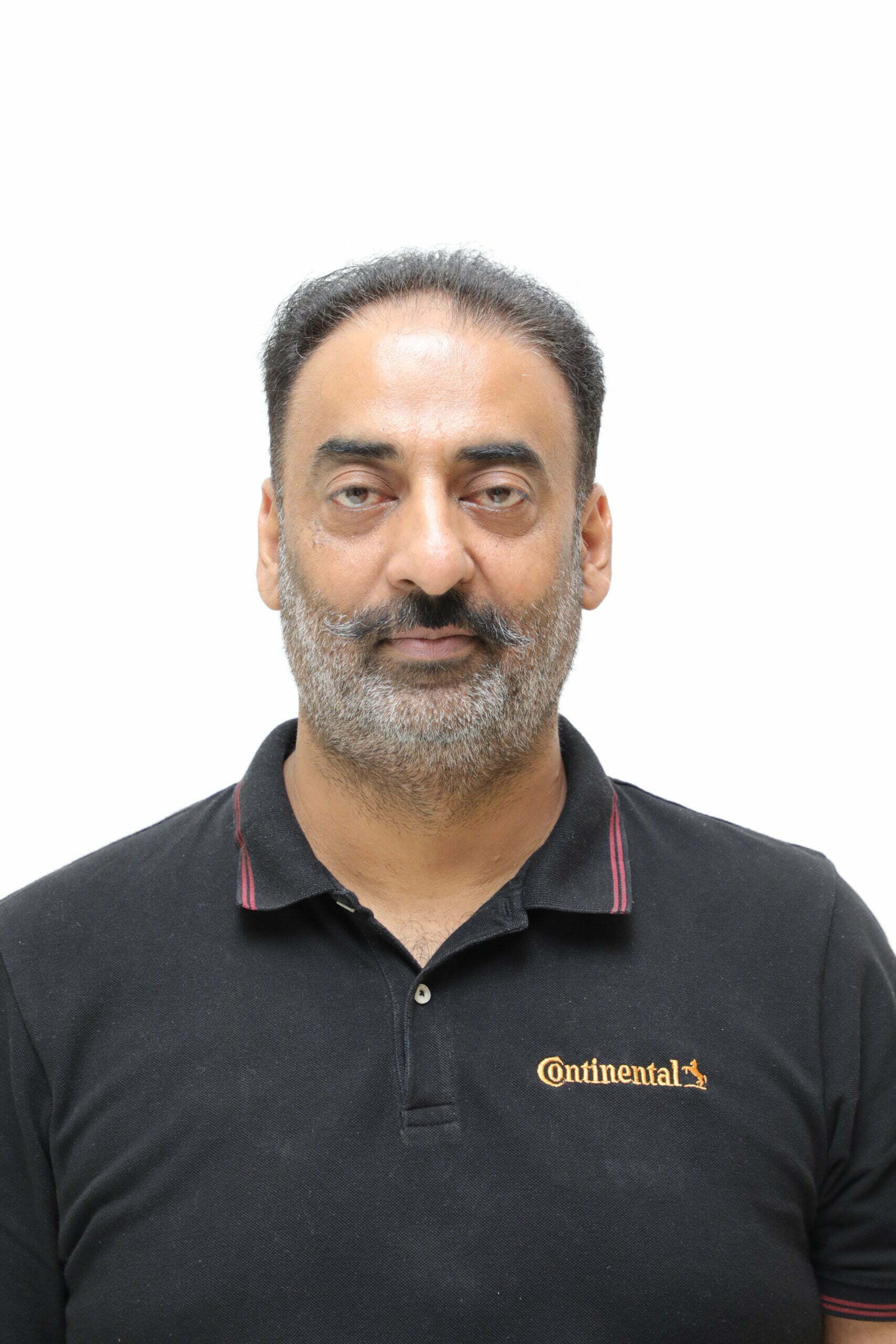We all know Continental, the leading brand in the business of supplying technology to OEMs in many ways. The company develops everything, from tires to precision made sensors. From radar-based road safety systems to powertrain parts. The 150-year-old iconic company based in Hanover Germany started its journey from a small rubber company to becoming the biggest rubber company after acquiring several others in Germany. The brand gave India its first ABS motorcycle in 2011 in the form of the TVS Apache RTR 180. A motorcycle with Continental’s technology that today is responsible for the safe movement that started a decade ago.
Keen following its journey in India, we today got a chance to talk to Sukhdeep Sandhu, Head of Segment, Passive Safety Sensorics Continental Automotive India about the company’s outlook towards the Indian market. As safety takes a paramount role and the government also pushes things forward in many ways on a regular basis, Continental India’s Sukdeep Sandu gives us a deep insight into what has happened, how things are now, and how the iconic brand wants to take things forward.

Q1. Can you provide an overview of the current scenario in the two-wheeler space and how is Continental going forward with the same?
A1. In the last 3-5 years, 2-Wheeler safety has become an important issue in the automotive industry. We have seen clear interventions from the government to ensure that the automotive users are safe. On the other side, OEMs, too, have started talking about including these safety features. In fact, we try to adhere to the government’s requirements and are ensuring that these kinds of technologies are already put to use. We partner with OEMs to offer the best technologies from all over the world to our Indian customers.
The biggest problem right now are the fatalities that we see on the road. As per the Ministry of Road Transport and Highways’ report published in 2020, around 37 percent of those killed in road accidents in 2019 were 2-wheeler riders. Since 2019, the legislation mandated ABS (Anti-lock Braking Systems) for 2-wheelers above 125cc which helps in controllability, stability, and steerability for the riders while supporting safe braking on roads.
Talking about Continental, we have developed technologies that can assist and improve the safety of 2-Wheelers. Continental has introduced the Optimized Curve Braking (OCB) feature which helps riders apply the brake in curves or turns where there is a high tendency to fall due to wheel lock. The ABS brake system takes the angled position of the motorcycle (using lean angle information from the continental sensor box) into account. Depending on the incline, the ABS control becomes highly sensitive to prevent wheel lock while providing good braking and steering, thereby improving vehicle handling in curves, and making the braking process safer.
Another feature that we have introduced is the Front Lift Protection (FLP), which helps to protect the vehicle from backward roll-over and fall because of excessive drive torque. FLP function monitors the wheel behavior to detect a lift-off situation and quickly adjusts engine torque, thereby having the right propulsion at the wheel to stop backward roll-over and fall.
Q2. The roadmap or the path forward is to enhance what we already have right now in the active safety side, but even further enhanced by ensuring that we are reducing the possibility of fatalities in future as well. And when you look at the same, there is question on is India ready for these kinds of technologies? What is your take on the same?
A2. India is the place where we need these kinds of technologies a lot more because of the traffic on roads and the rising number of motorbikes. For instance, certain technologies like the lane departure system and forward collision warning significantly reduce the number of accidents. We have also seen a large portion of mishaps happening in terms of the crossing. While the rider is wearing a helmet and it provides protection to him, it also creates lots of blind spots. In such a scenario, the Blind Spot Detection (BSD) solution helps monitor blind spots for the rider on the adjacent lanes with a radar sensor and provides visual warnings to the rider in case of any approaching vehicles.
Q3. Are there any Indian two-wheeler manufacturers or foreign two-wheeler manufacturers who are looking forward to implementing other safety features in a much quicker and you know, much faster fashion than you think, or you know, could you elaborate on that?
A3. The ABS feature in 2-Wheelers has been a stable and comfortable integration in the US for over 3 to 4 years. In India, this is as recent as 2019, mandated in all 125 CC upwards of 2-Wheelers to enhance road safety and fulfil Vision Zero. There is an inquisitiveness about how such technologies provide an upgraded safety experience for vehicles and take them to the next level.
Q4. Can you highlight the future of autonomous in two-wheeler safety?
A 4. Such technologies are always developed alongside OEMs and are primarily dependent on vehicle architecture. The creation of vehicle architecture is designed keeping in mind the regulations in the country and how the OEM wants the end solution for the 2-Wheelers. Continental is looking forward to working with manufacturers to provide them with customizable options. In addition, there would be obviously a lot of re-uses. The features will have some modifications so that adaption is fit for the general population to use.
Q5. Kindly elaborate on Holistic Safety?
A5. Safety is at the core of Continental as we focus across different product lines throughout the world. Continental has been working to provide active, passive, and integrated automotive safety solutions, an all-around holistic automotive safety approach all over the world. Continental has been aiming at regular market interventions and establishing engineering footprints to introduce advanced safety technologies available in the global market to the Indian automotive market. More importantly, we have already started manufacturing these technologies locally to offer cost-efficient choices to the market 4-5 years back.



